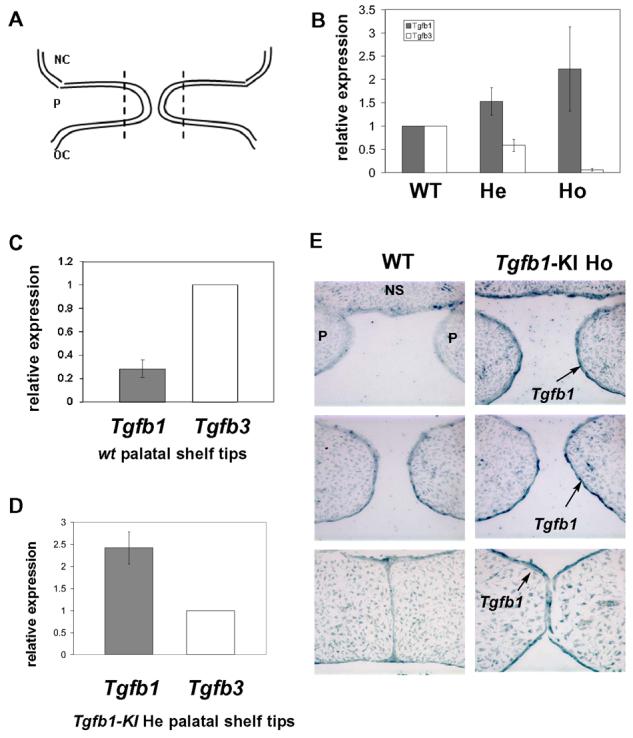Fig. 3. Gene expression analyses of the Tgfb1 knock-in mice.

(A) A schematic presentation of prefusion palatal shelves. Distal tips of prefusion palatal shelves to be dissected for real-time PCR analysis are indicated by a dotted line. NC: nasal cavity, P: palatal shelf, OC: oral cavity. (B) Real-time quantitative PCR analysis for the expression of Tgfb1 and Tgfb3 in tips of palatal shelves dissected from wildtype (WT), Tgfb1-KI heterozygous (He), and Tgfb1KI homozygous (Ho) embryos at E14. In embryos heterozygous for the Tgfb1-KI allele, there is a 50% decrease in Tgfb3 expression and a concomitant 50% increase in Tgfb1 expression when compared to the wild-type sample. In embryos homozygous for the Tgfb1-KI allele, Tgfb3 expression is barely detectable, while expression of Tgfb1 has increased 2-fold when compared to the wild-type sample. Bar graph: mean +/− s.d., n=3; The expression level of Tgfb1 and Tgfb3 in the wildtype specimen has been arbitrarily set at 1; results shown are from three independent litters. (C) Real-time absolute quantitative PCR analysis for gene expression of Tgfb1 and Tgfb3 in the tips of wildtype (WT) prefusion palatal shelves at E14. Bar graph: mean +/-s.d., n=4; Tgfb3 expression has been arbitrarily set at 1. (D) Real-Time absolute quantitative PCR analysis for the expression level of Tgfb1 and Tgfb3 in tips of palatal shelves dissected from Tgfb1KI heterozygotes at E14. Bar graph: mean +/− s.d., n=5; Tgfb3 expression has been arbitrarily set at 1. (E) In situ hybridization for Tgfb1 in the prefusion palatal shelves of the wild-type and Tgfb1-KI homozygote embryos (n=3). E14 embryos were processed for serial sectioning in a transverse orientation. Sections from the anterior, the middle, and the posterior region of the palate were hybridized with the Tgfb1 anti-sense probe. The palatal epithelium shows a strong Tgfb1 hybridization signal along the entire anterior-posterior axis (arrow).
